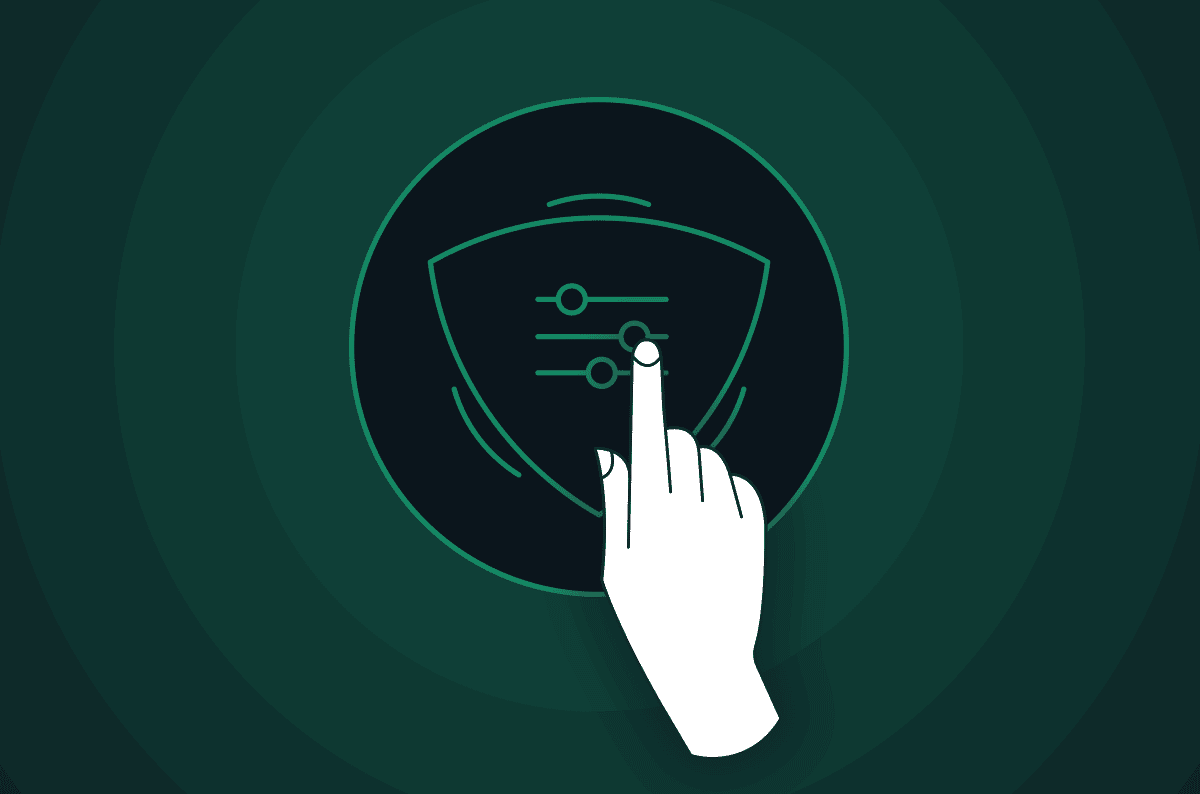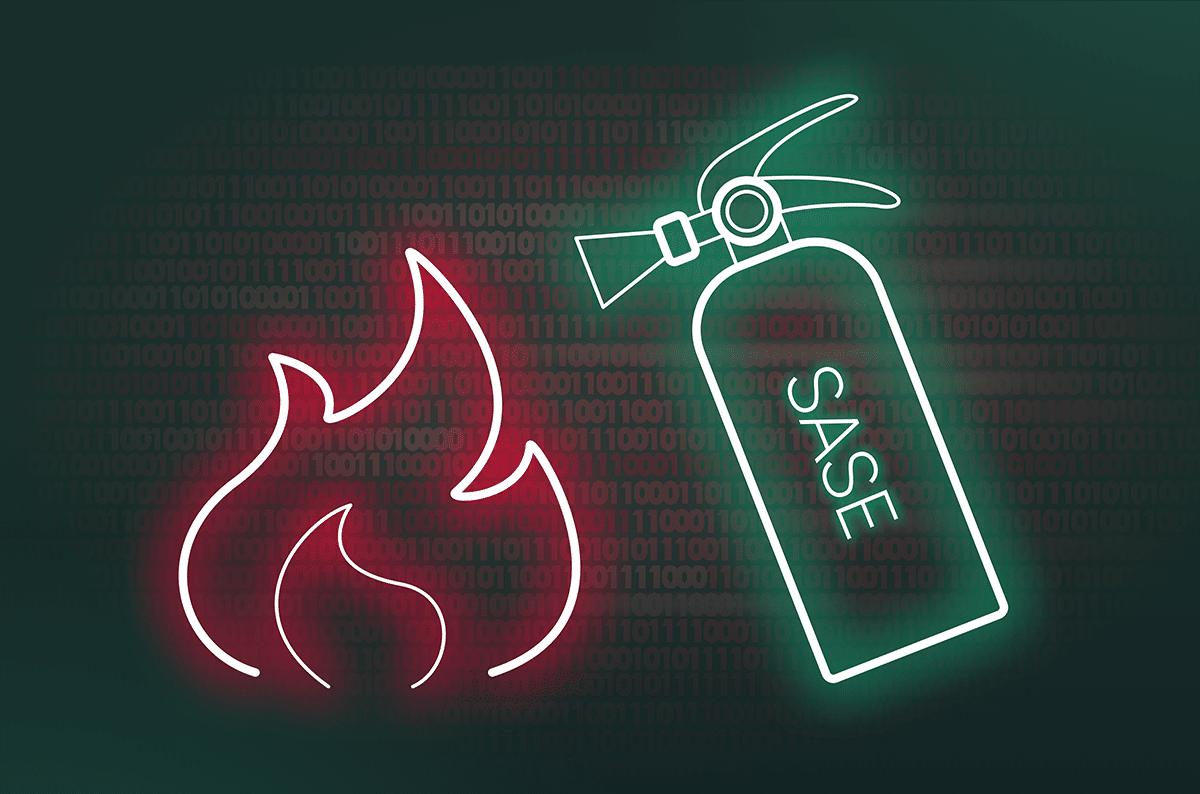SASE is the Right Choice for Cyber Risk Management

|
Listen to post:
Getting your Trinity Audio player ready...
|
Cybersecurity is all about risk management. Companies are faced with numerous, diverse cyber threats, and the job of the corporate security team is to minimize the risk of a data breach, ransomware infection, or other costly and damaging security incident.
Cybersecurity tools and solutions are designed to help companies to achieve this goal of managing enterprise security risk. Of the many options out there, Secure Access Service Edge (SASE) is ideally suited to supporting all aspects of a corporate cyber risk management program.
Companies Face Significant Cyber Risks
Cybersecurity has become a top-of-mind concern for most businesses. Data breaches and ransomware attacks occur on a regular basis, often with price tags in the millions of dollars. Avoiding these incidents is essential to the profitability and survival of the business. With the growth of automated attacks and an “as a Service” cybercrime economy, the bar to entry into the cybercrime space has fallen. As cybercrime groups grow more numerous and sophisticated, any organization can be the target of a devastating attack.
Risk treatment strategies
Companies facing growing levels of cybersecurity risk need to take steps to manage these risks. In general, companies have four tools for risk treatment strategies: mitigation, transference, avoidance, and acceptance.
#1. Mitigation
Risk treatment by mitigation focuses on reducing the risk to the organization by implementing security controls. For cybersecurity risks, this could include patching vulnerable systems or deploying threat prevention capabilities that can identify and block attempted attacks before they reach vulnerable systems.
SASE solutions are ideally suited to threat mitigation due to their global reach and convergence of many security functions — including a next-generation firewall (NGFW), intrusion prevention system (IPS), cloud access security broker (CASB), zero-trust network access (ZTNA), and more — within a single solution. By consistently enforcing security policies and blocking attacks across the entire corporate WAN, SASE dramatically reduces an organization’s cybersecurity risk.
Enhancing Your Enterprise Network Security Strategy | Webinar#2. Transference
Transference involves handing over responsibility for managing risk to a third-party provider. A common form of risk transference is taking out an insurance policy. In the event that an organization experiences a risk event — such as a cyberattack — the insurance provider takes on most or all of the cost of remediating the issue and restoring normal operations.
As a managed service, SASE can be useful for risk transference because much of the responsibility for implementing a strong security program is the responsibility of the service provider, rather than the organization. For example, maintaining the security stack — a process that can require in-depth network understanding and security expertise — is outsourced with the Firewall as a Service (FWaaS) capabilities of managed SASE deployments.
By enabling an organization to implement a mature security program and improving corporate security visibility and threat prevention, managed SASE makes it easier for organizations to get cybersecurity insurance. This is especially important with the rising risk of ransomware attacks, as insurance providers are implementing increasingly stringent security requirements for organizations to take out security policies.
#3. Avoidance
In some cases, cybersecurity risks that an organization may face are avoidable. For example, if a particular vulnerability poses a significant risk to an organization’s security, the choice to stop using the vulnerable component eliminates the risk to the organization. Avoidance-based risk treatment strategies can be highly effective, but they can come with opportunity costs if a secure alternative is not available for a vulnerable component.
SASE supports risk avoidance by offering a secure alternative to legacy network security solutions. Historically, many organizations have relied on a castle-and-moat security model supported by virtual private networks (VPNs) and similar solutions. However, these models have significant shortcomings, not least the rapid dissolution of the network perimeter as companies adopt cloud computing, remote work, Internet of Things (IoT), and mobile devices.
SASE solutions help to avoid the risks associated with legacy, castle-and-moat security models by supporting granular application-based protection. With zero-trust network access (ZTNA) built into SASE solutions, organizations can avoid the security risks associated with legacy VPNs, such as poor access management.
#4. Acceptance
Completely eliminating all risk is impossible, and, in some cases, the return on investment of additional risk treatment may be too low to be profitable. Companies need to determine the level of risk that they are willing to accept — their “risk appetite” — and use other risk treatment methods (mitigation, transference, and avoidance) to reduce their risk down to that level.
Ensuring that accepted cyber risk is within an organization’s risk appetite requires comprehensive visibility into an organization’s IT infrastructure and the risks associated with it. SASE provides global visibility into activities on the corporate WAN, and built-in security solutions enable an organization to gauge their exposure to various cyber threats and take action to manage them (via firewall security rules, CASB policies, and other controls) or intelligently accept them.
Cybersecurity Risk Management with Cato
Cato provides the world’s most robust single-vendor SASE platform, converging Cato SD-WAN and a cloud-native security service edge, Cato SSE 360, including ZTNA, SWG, CASB/DLP, and FWaaS into a global cloud service. With over 75 PoPs worldwide, Cato optimizes and secures application access for all users and locations, and is easily managed from a single pane of glass. Learn more about how your organization can manage its cyber risk exposure by signing up for a free demo of Cato SASE Cloud today.















